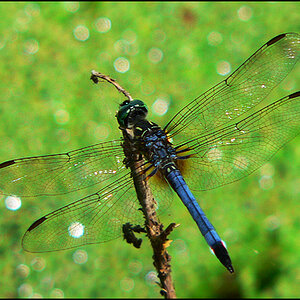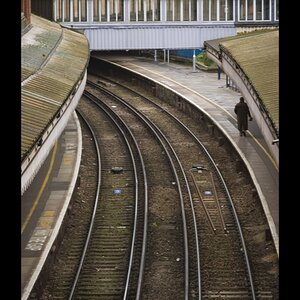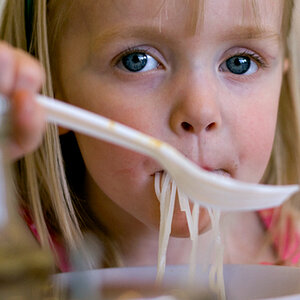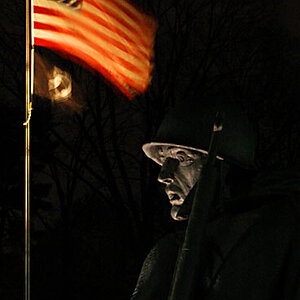Dyslexicbloke
TPF Noob!
- Joined
- Aug 7, 2018
- Messages
- 36
- Reaction score
- 4
- Location
- Bala, UK
- Can others edit my Photos
- Photos OK to edit
Well, I bought one... Now I want to learn how too get the best out off it.
OK. I appreciate that is a HUGE topic and has no simple or short answers but I would appreciate some pointers with respect to catching wildlife with my 600mm Tammy.
How much ISO is too much.
Best focus options... I have no clue, to be honest I usually go with single point, because I understand what it does, but I am sure there are better options.
Should I stop down and lift ISO or shoot as open as possible to minimise ISO?
I anticipate that something between the two is going to be better but wouldn't know how to evaluate that without taking loads of shots. And from be honest I think test shots probably need to be chosen, as opposed to random stuff, and I don't know what to choose or why.
I realise I will be doing a lot of testing and that no amount of comment will replace that but I suspect comments will make testing far more effective.
Because I will have a better Ideas what to try and how to twerk the methods.
As always... Go for it, I have thick skin.
Keen to learn, even if it stings.
Thanks,
Al
OK. I appreciate that is a HUGE topic and has no simple or short answers but I would appreciate some pointers with respect to catching wildlife with my 600mm Tammy.
How much ISO is too much.
Best focus options... I have no clue, to be honest I usually go with single point, because I understand what it does, but I am sure there are better options.
Should I stop down and lift ISO or shoot as open as possible to minimise ISO?
I anticipate that something between the two is going to be better but wouldn't know how to evaluate that without taking loads of shots. And from be honest I think test shots probably need to be chosen, as opposed to random stuff, and I don't know what to choose or why.
I realise I will be doing a lot of testing and that no amount of comment will replace that but I suspect comments will make testing far more effective.
Because I will have a better Ideas what to try and how to twerk the methods.
As always... Go for it, I have thick skin.
Keen to learn, even if it stings.
Thanks,
Al
Last edited:



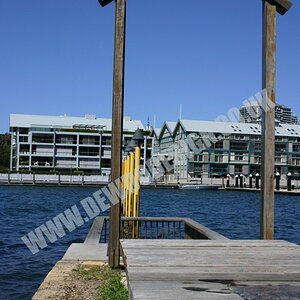
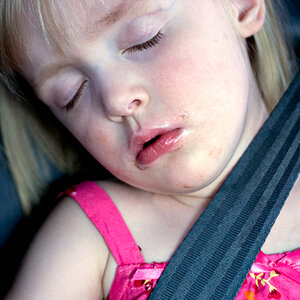
![[No title]](/data/xfmg/thumbnail/34/34076-d491e0e556e88ef7f797efcbe6083299.jpg?1619736268)
![[No title]](/data/xfmg/thumbnail/34/34116-b81991a4a8a532509a981cadbacd573c.jpg?1619736286)
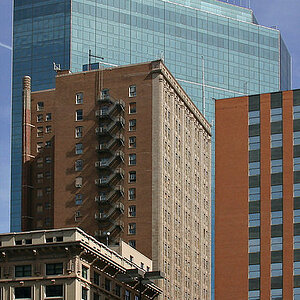
![[No title]](/data/xfmg/thumbnail/35/35959-c7e267b1e7e08d889fe1a4fa28766c11.jpg?1619737274)
![[No title]](/data/xfmg/thumbnail/35/35962-c0d3c2e7c3fd7f9bd7e12c21f955f4f0.jpg?1619737278)
